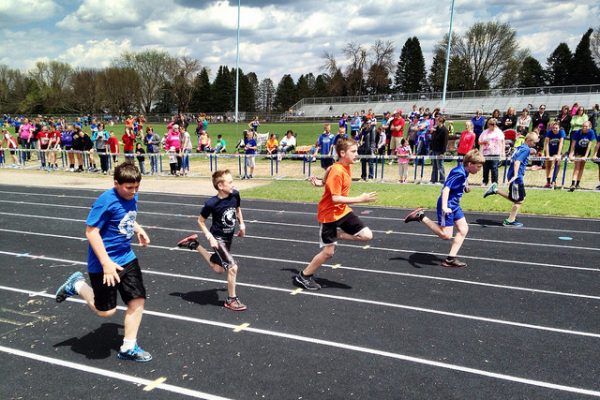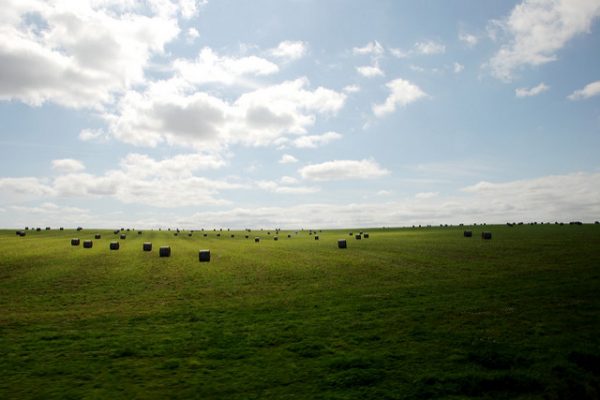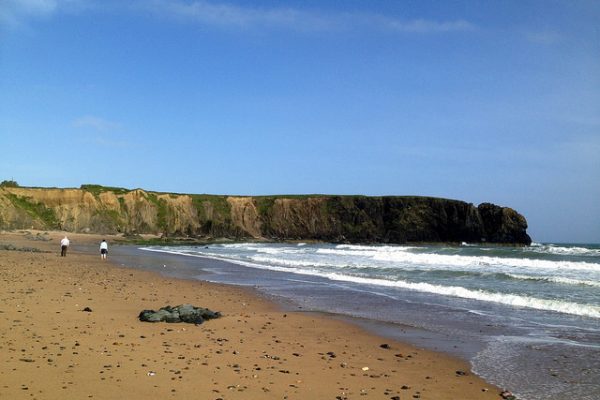White Noise Time Series with Python
Last Updated on August 14, 2020 White noise is an important concept in time series forecasting. If a time series is white noise, it is a sequence of random numbers and cannot be predicted. If the series of forecast errors are not white noise, it suggests improvements could be made to the predictive model. In this tutorial, you will discover white noise time series with Python. After completing this tutorial, you will know: The definition of a white noise time […]
Read more








